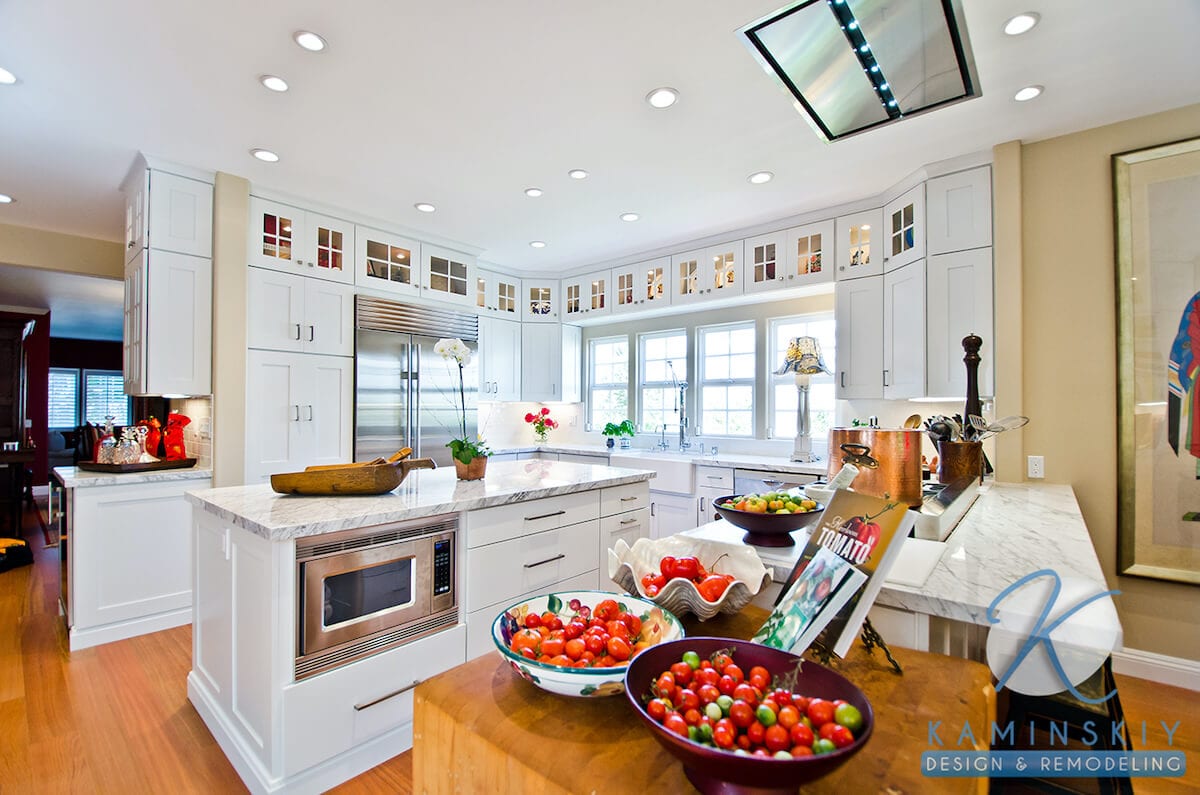
Embarking on a kitchen renovation journey can be both exhilarating and overwhelming. With the myriad of styles available, it’s essential to find one that resonates with your personal taste and the overall theme of your home. Our “Kitchen Style Guide” is tailored for those of you considering a home makeover seeking inspiration for your next kitchen remodeling project.
Dive into this comprehensive guide, and let the diverse kitchen styles inspire and guide your choices. Whether you’re drawn to the timeless charm of traditional kitchens or the sleek lines of modern designs, there’s something here for everyone. Let’s help you transform your kitchen into a space that’s not just functional but also a reflection of your personality.
A major kitchen remodel is more than an update or a facelift. It’s a chance to completely reinvent your kitchen, to start from scratch in a new style. Your kitchen can boldly express your aesthetic tastes and culinary interests, a timeless, traditional space, or anything in between.
Traditional kitchens exude a sense of elegance and grandeur. With their intricate details and classic touches, they offer a timeless appeal. If you’re someone who appreciates the finer things in life and has a penchant for vintage charm, this style might be your calling. You can blend the old-world charm with modern amenities to create a kitchen that’s both functional and aesthetically pleasing.
Maybe the most dressed-up option, the traditional kitchen features elaborate trim and lots of decorative touches. This design works well in ample space and is right at home with conventional features like a separate dining room or a china cabinet.
A modern, multi-purpose island, sustainable wood, and smart appliances can bring this design into the 21st century while maintaining its old-fashioned charm.
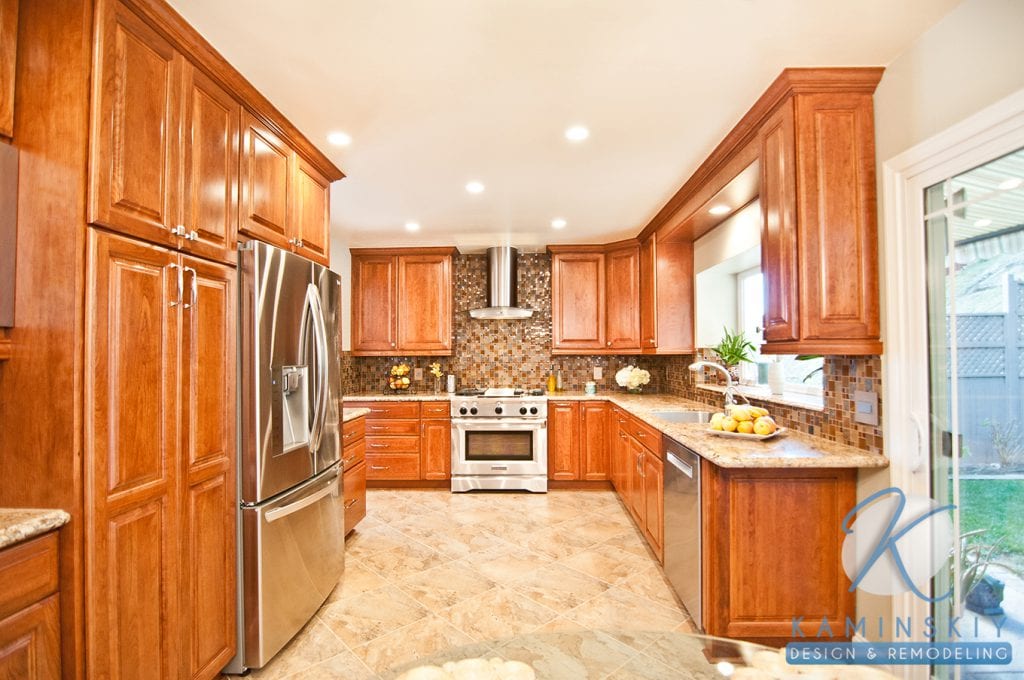
In the design world, “modern” refers to a style movement that began in the 1950s. Modern kitchens have a simple, even minimalist, design featuring straight lines and right angles.
The Modern kitchen’s efficient use of space works at any size. A small modern kitchen is uncluttered and fuss-free. A large modern kitchen feels open and uses negative space in a way that can elevate a home to the level of art.
Modern kitchens are the epitome of simplicity and functionality. With their minimalist design and emphasis on straight lines, they offer a clean and uncluttered look. If you’re someone who values efficiency and a clutter-free space, this style is worth exploring. Discover how you can design a kitchen that’s both stylish and practical.
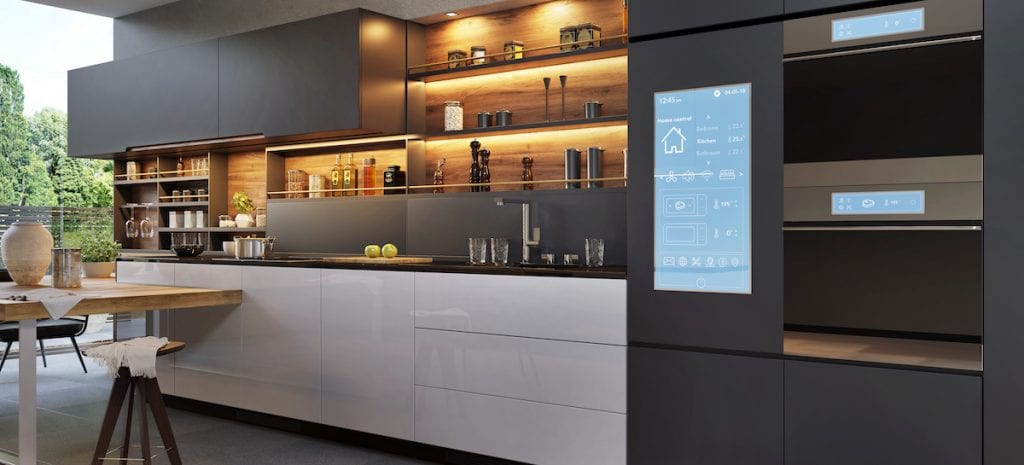
A transitional kitchen beautifully marries the warmth of traditional designs with the sleekness of modern styles. If you’re torn between the two, this style is the ideal compromise, allowing you to harmoniously blend diverse design elements.
By embracing a transitional kitchen, you can set aside conventional style rules and craft a space that truly embodies your vision. It combines the best elements of both worlds, offering the simplicity of a modern kitchen while retaining the warmth of a traditional one.
Characterized by a neutral color palette and varied textures, transitional kitchens seamlessly unite different styles without any clash.
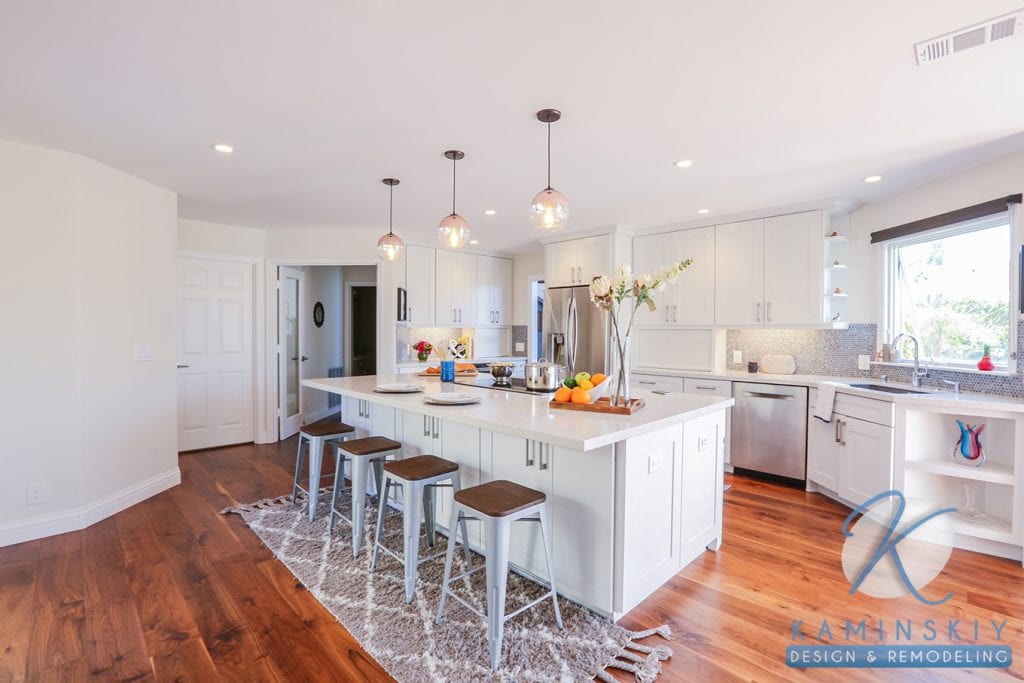
Classic kitchens are all about timeless beauty and understated elegance. They offer a neutral palette that’s easy on the eyes and never goes out of style. If you’re someone who values longevity and a design that stands the test of time, this style is worth considering.
Classic kitchens are the ones that get the job done, the ones where you used to eat PB&J sandwiches… A classic kitchen has neutral colors, white tiles, and white or cream cabinets. It’s safe. It’s timeless. It’s a totally non-offensive option that holds its value since getting fancy with kitchen remodeling doesn’t translate to the best ROI.
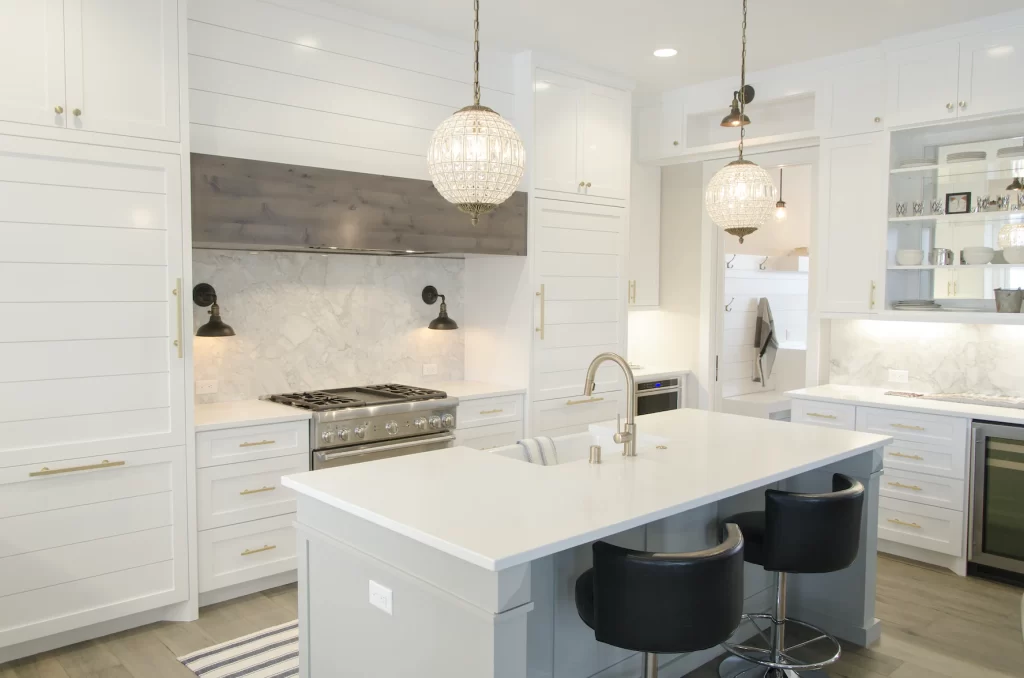
Embracing the coastal kitchen style is like inviting a gentle sea breeze into your home. It’s a design that resonates deeply with those who find solace in the rhythmic sound of waves and the tranquil horizon of the ocean. This style is not just about aesthetics; it’s about capturing the essence of coastal living – the calm, the freshness, and the natural beauty.
The look and feel of the beach inspire the colors and feel of a coastal kitchen. You’ll see lots of blues, whites, and seafoam greens. The overall look is soft and relaxed, with plenty of natural light. LED lights allow you to choose a color temperature that can mimic natural lighting to light your coastal kitchen consistently at all hours.
Unfinished wood looks fantastic in a coastal kitchen. You might think about incorporating the reclaimed wood trend in yours.
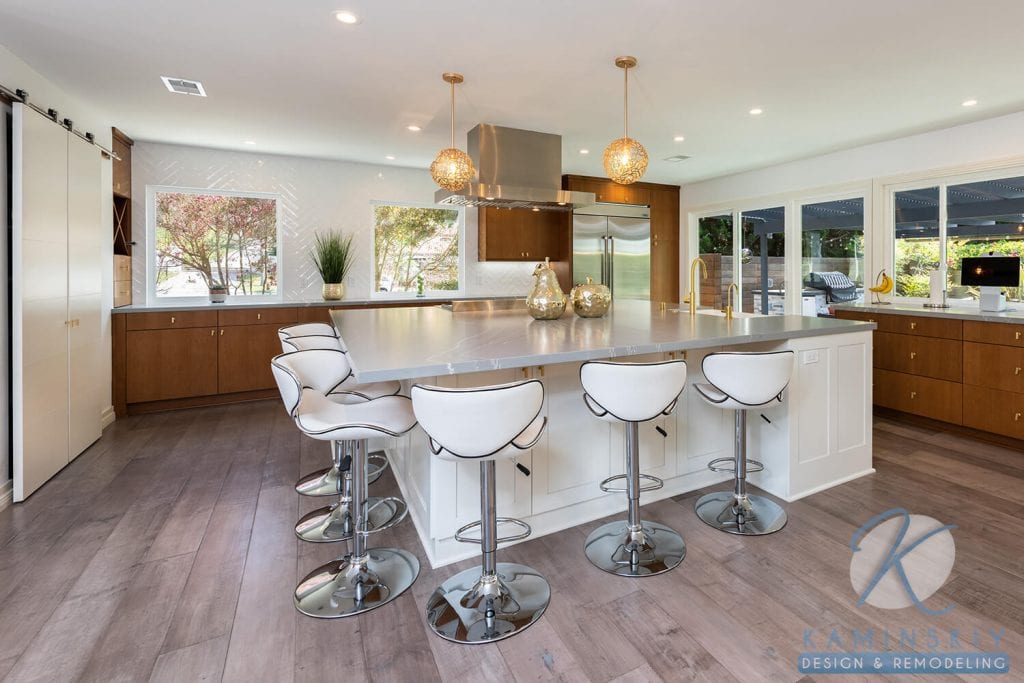
For those of you who cherish individuality and aren’t confined by traditional design boundaries, the eclectic kitchen might be your calling. It’s a space that truly reflects your unique personality and diverse tastes.
If you’ve ever felt that mainstream designs don’t quite capture your essence or if you’re drawn to a mix of textures, colors, and eras, then the eclectic style offers a canvas for your creativity. Remember, it’s all about making a statement that’s authentically you.
The only rule of the eclectic kitchen is that there are no rules. While a transitional design borrows from specific eras in history, an eclectic design is an assortment of randomness. Done right, this approach can be quirky and refreshing.
But there’s a fine line between quirky and messy. When designing eclectically, it helps to know why you’re borrowing certain design elements and colors and to keep asking yourself, “Does this work?”
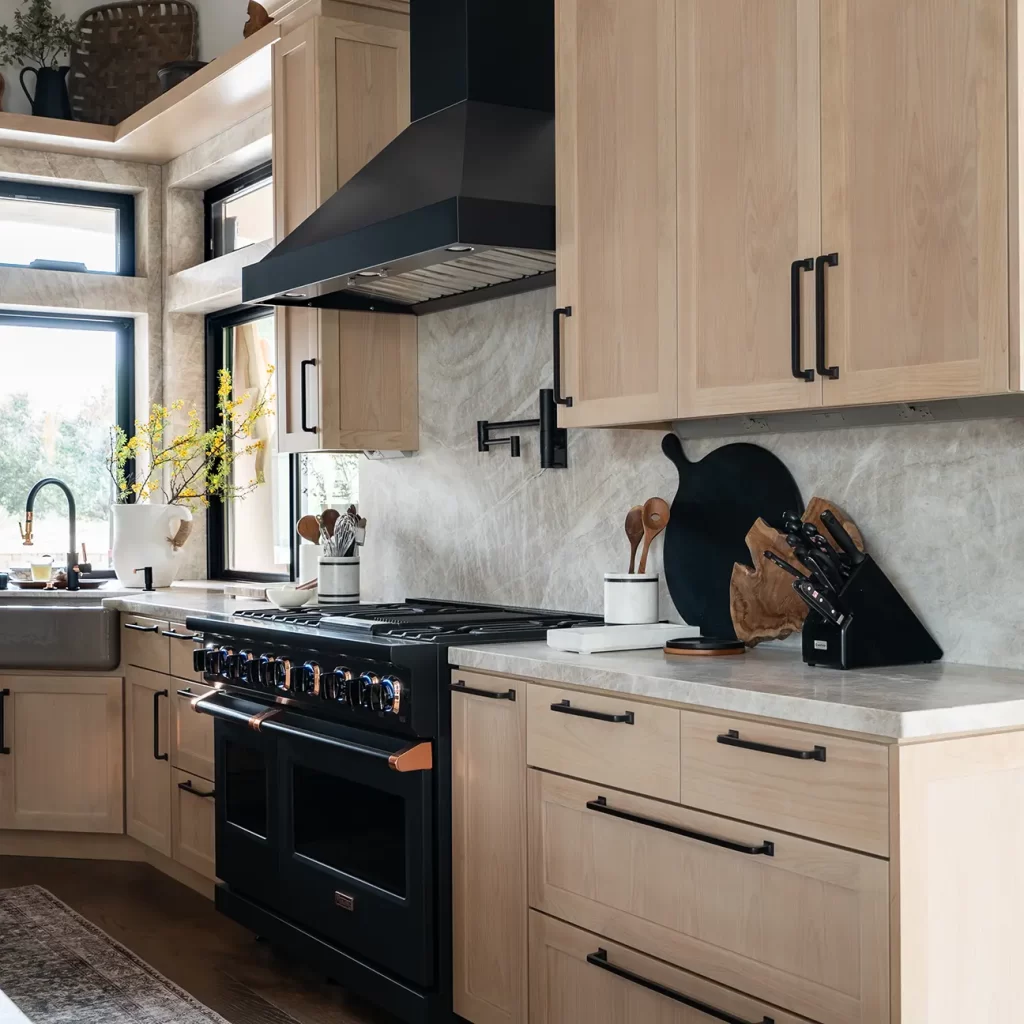
For those who yearn for a kitchen that’s more than just a cooking space, the Mediterranean style beckons. It’s a design that transports you to the sun-drenched terraces of Spain, the rustic charm of Italian countryside homes, and the vibrant bazaars of Morocco.
Every element, from the hand-painted tiles to the wrought-iron fixtures, tells a story of tradition, culture, and timeless beauty. If you’re looking to infuse your kitchen with warmth, character, and a touch of nostalgia, the Mediterranean style offers a rich tapestry of design elements that celebrate life’s simple pleasures.
The old world answer to a coastal kitchen, a Mediterranean design, takes its inspiration from the earthy and bright homes of coastal Europe. This style is defined by natural materials like wood, clay, tiles, and hand-crafted touch. The lines in a Mediterranean kitchen are soft and curved. The room evokes the feeling of a place where people take their time in the kitchen as in life, where they take siestas and come home for lunch.
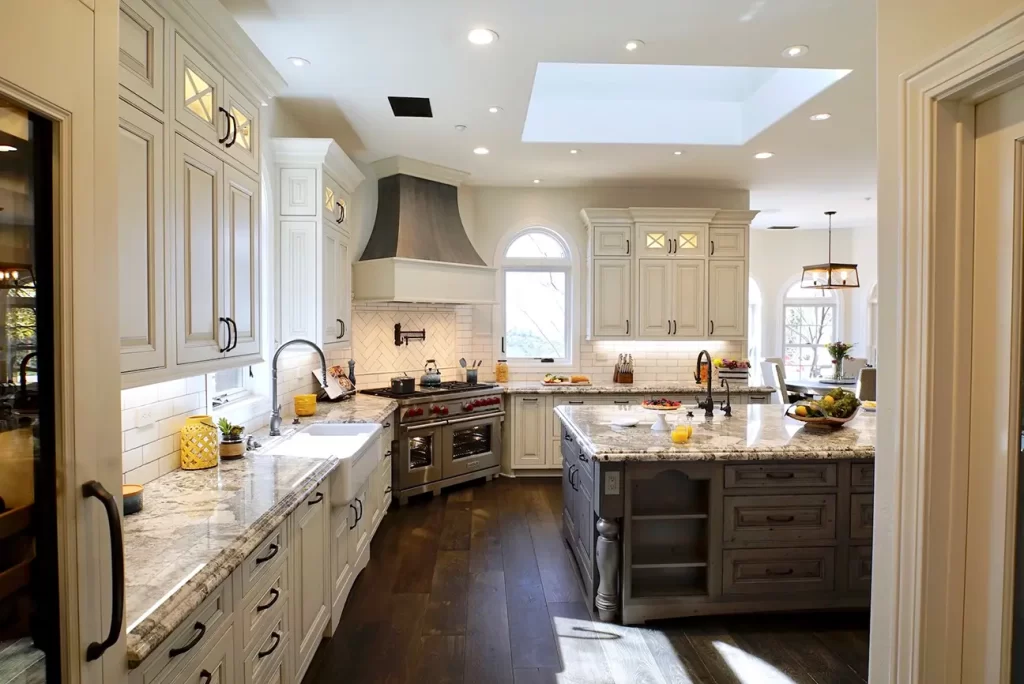
Another old-world design, the Tuscan kitchen harkens back to the region where Italy’s olives and wine grapes are grown. Tuscany is as rich in architectural heritage as it is in cooking, and the Tuscan villa has inspired kitchens the world over.
Earth tones and natural colors are key. Fixtures and appliances have a robust yet warm look. Terracotta or marble tiles (or tiles that look like terracotta or marble) are a defining feature of the Tuscan kitchen.
For those who dream of a kitchen that exudes rustic elegance and timeless charm, the Tuscan style is a perfect choice. Imagine preparing meals in a space that feels like a cozy Italian countryside home, surrounded by rich textures and colors reminiscent of the Tuscan landscape.
This design is not just about aesthetics; it’s about creating an atmosphere that celebrates family, tradition, and the joys of hearty meals shared with loved ones. If you’re looking to transform your kitchen into a warm and inviting space that pays homage to Italy’s rich culinary and architectural heritage, the Tuscan style offers a journey for the senses.
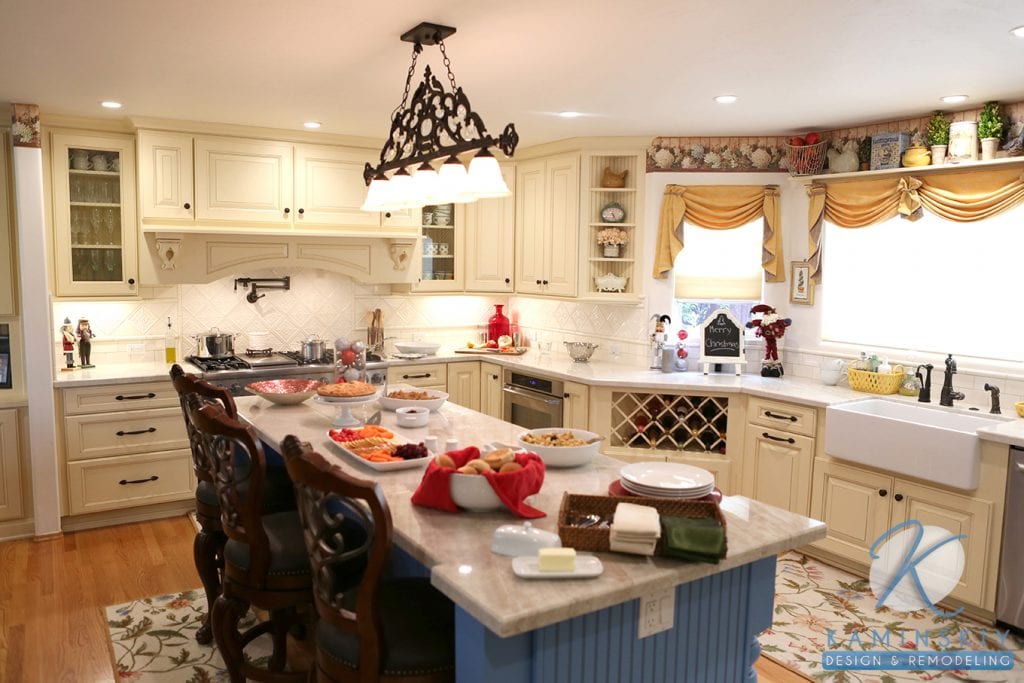
Like the mid-century modern kitchen, the mission-style kitchen has roots right here in Southern California. The word “mission” in its name refers to the settlements built by the Spanish in Mexico, California, and the Southwest. It’s where “Mission Valley” gets its name. To see a mission in San Diego, just go to Linda Vista and check out the University of San Diego.
The Mission-style kitchen features custom wood cabinetry and wood flooring. Wall tiles add a Southwestern accent. As for fixtures, you’re looking at copper and bronze. There should be a slight patina to everything as if the kitchen has its own history and secrets.
The craftsman kitchen is similar, but it has more of an Americana prairie feel. This article explains the subtle difference.
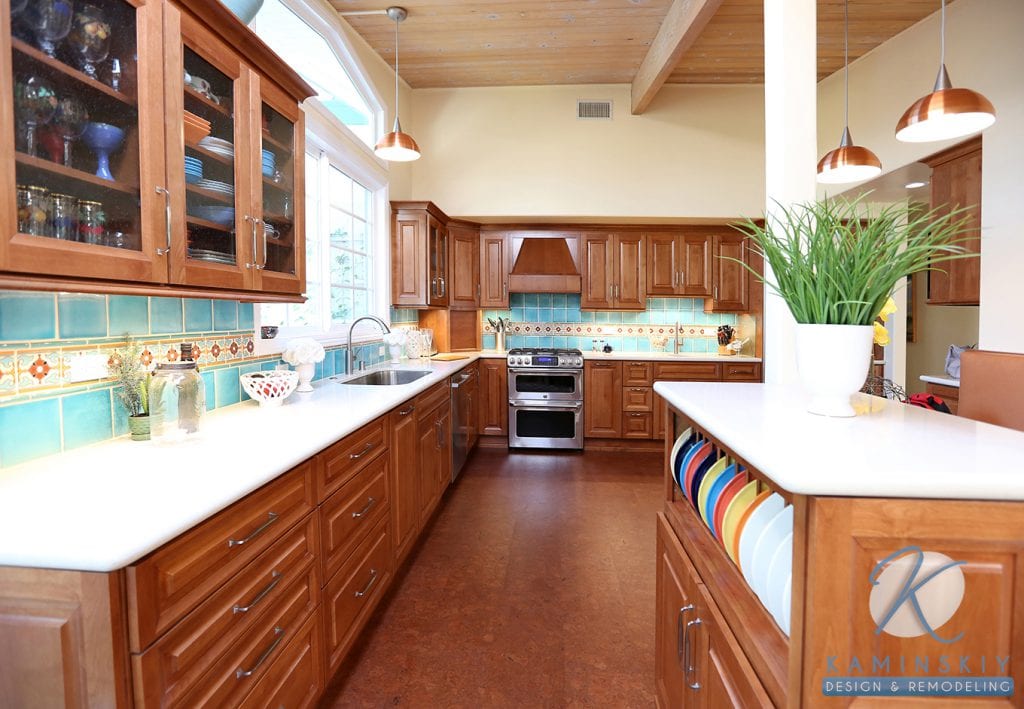
Nothing earthy here. As the name suggests, the industrial kitchen is a place where work gets done. The materials are rugged: zinc, stainless steel, and wood–the kind you chop things on. The tools are on display, and sometimes so are the ducts, pipes, and brickwork. Form follows function in this design.
Edison light bulbs are a popular choice in an industrial kitchen. New LEDs in that style are a cost-saving and green option.
If an industrial kitchen sounds like your thing, it’s an excellent choice in a kitchen with brick walls, beams, or other structural features that might have to be covered up if you were going with a different style.
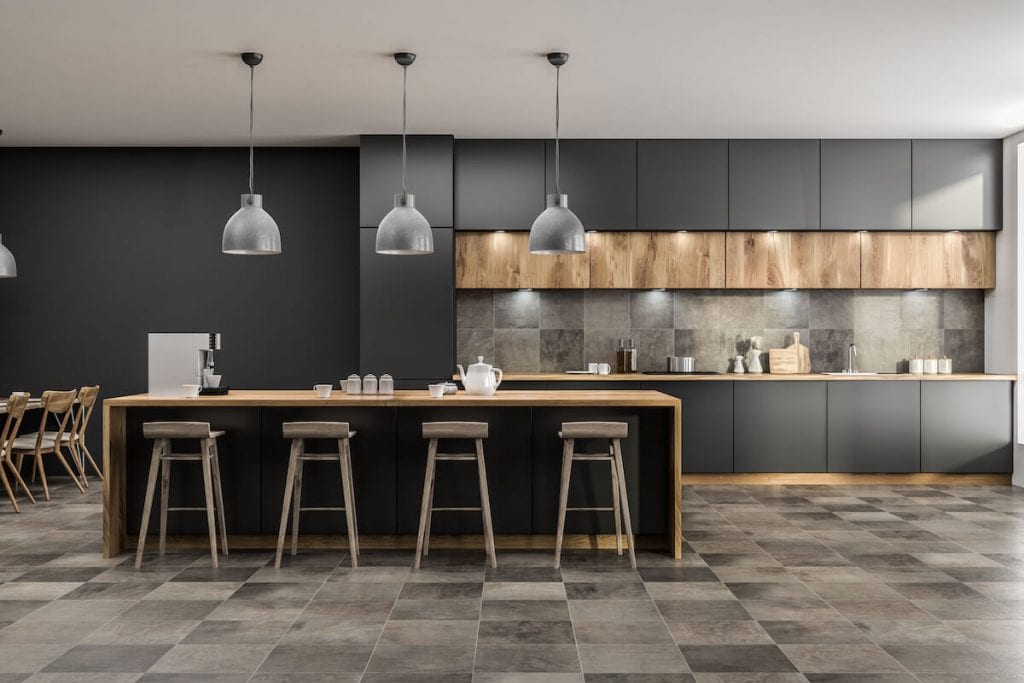
A rustic kitchen takes its inspiration from the countryside. It can be anything from a vaguely distressed farmhouse look with lots of wood and wrought iron to a full-on log cabin vibe with reclaimed lumber or even a wood-burning stove.
To pull this one off, you need to keep it simple and aim for a weathered, old-fashioned look.
For those who find solace in the simplicity of nature and the charm of bygone days, the rustic kitchen style beckons. It’s a design that resonates with the soul, offering a retreat from the hustle and bustle of modern life.
Every handcrafted detail and every vintage piece tell a story of authenticity and warmth. This style is not just about recreating a look; it’s about capturing a feeling—a sense of comfort, nostalgia, and genuine connection. If you’re yearning for a kitchen that feels like a cozy sanctuary where memories are made and stories are shared, the rustic style offers a heartwarming embrace.
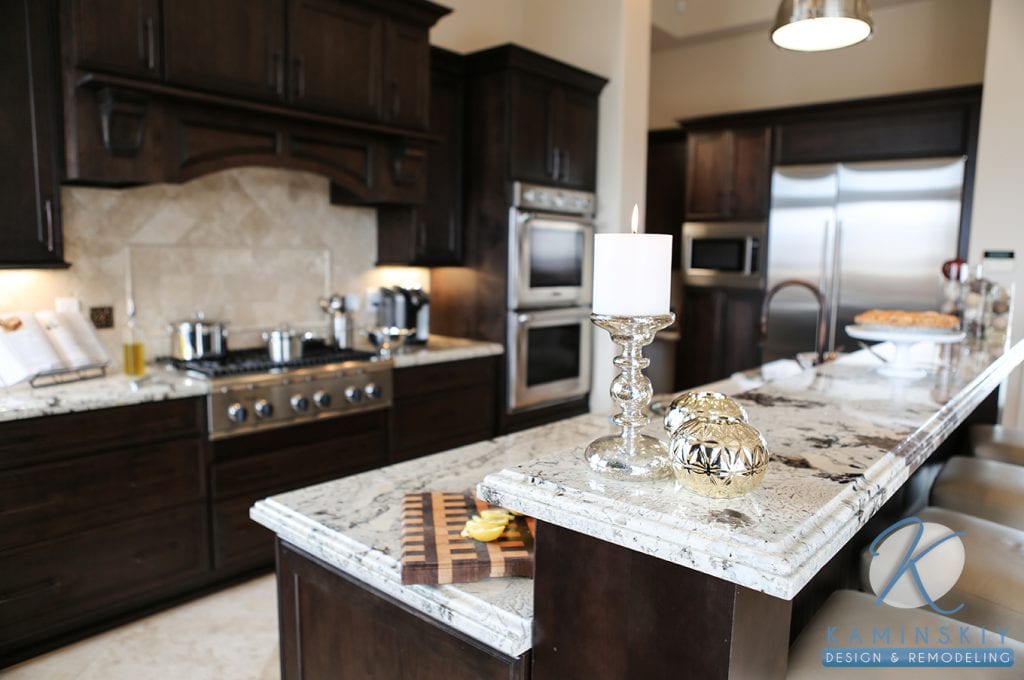
Every kitchen design was “contemporary” at one point. Contemporary is simply the kitchen of today. In the second decade of the 21st century, that means smart appliances, state-of-the-art lighting, and a blend of shapes, colors, and textures.
For those who thrive on staying current and embracing the latest trends, the contemporary kitchen is a reflection of modern-day living. It’s a space that evolves with time, always adapting to the newest innovations and design philosophies.
Beyond just aesthetics, a contemporary kitchen is about functionality, efficiency, and creating a space that caters to the modern homeowner’s lifestyle. Whether you’re a tech enthusiast eager to integrate the latest smart home features or someone who appreciates a design that’s in tune with the times, the contemporary style offers a canvas for innovation and creativity. It’s where tradition meets tomorrow.
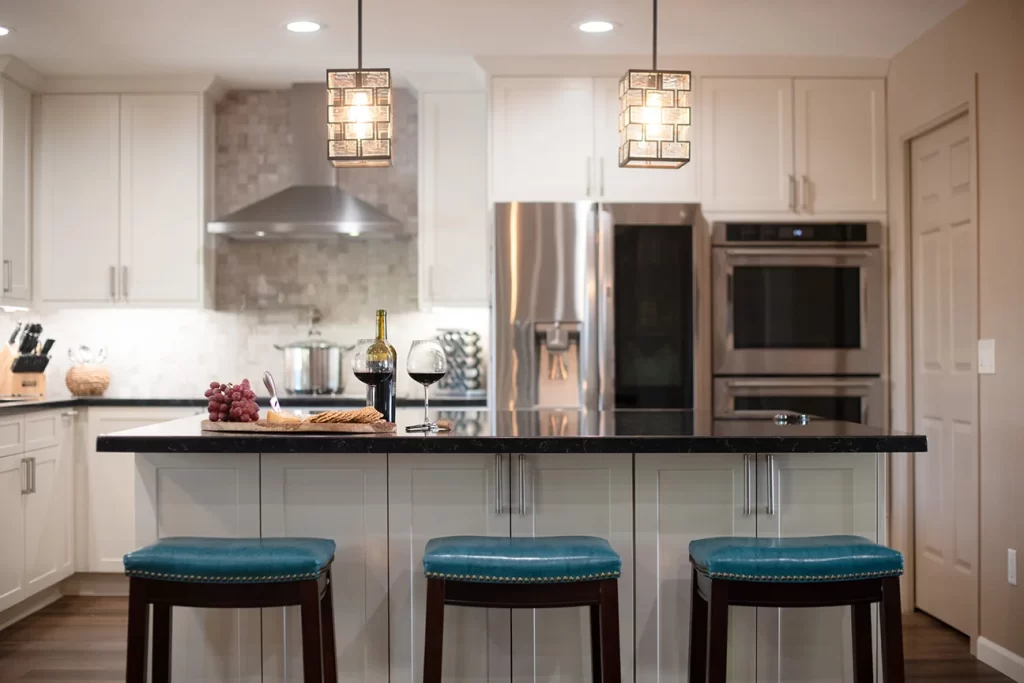
For those who appreciate clean lines, uncluttered spaces, and a design philosophy rooted in functionality, the modern kitchen style remains a perennial favorite. While the term “modern” might evoke thoughts of the latest and greatest, in design terminology, it harks back to a movement that championed simplicity and form following function.
This style is for those who seek a kitchen that’s both aesthetically pleasing and highly functional, a space where every element has a purpose and contributes to a cohesive look.
It may seem weird that modern really refers to an era that began over 60 years ago, but it’s true. In modern kitchens, you’ll find simple hardware, lots of horizontal lines, flat panel cabinet doors, consistent accents (as opposed to the all over the place-ness of an eclectic kitchen), and a touch of industrial elements.
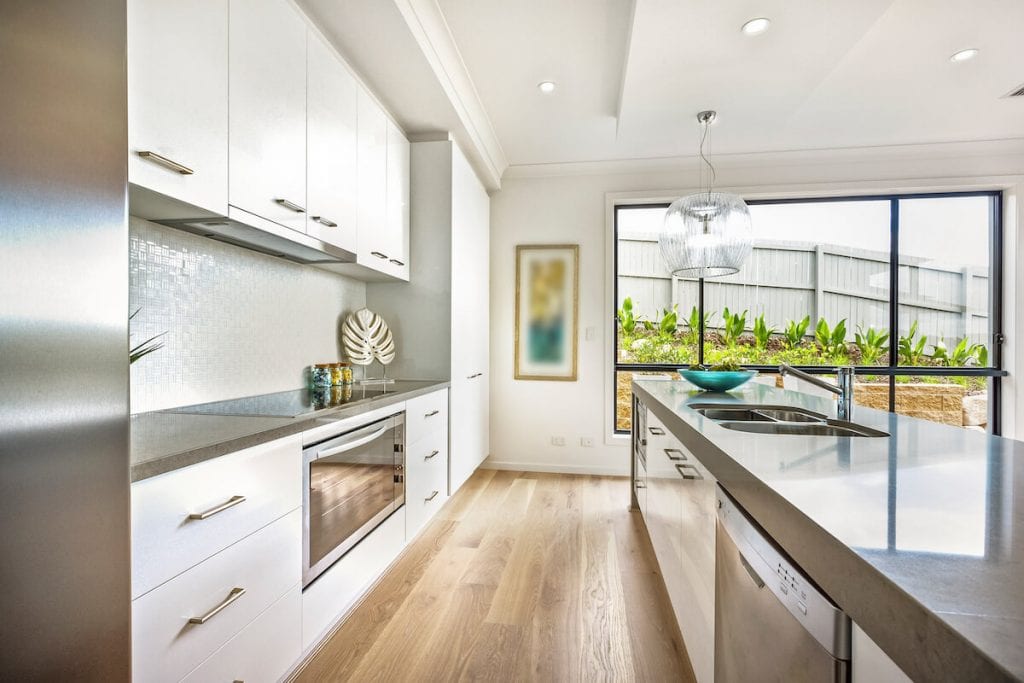
For those who dream of a kitchen that feels like a warm embrace, the country style offers a heartwarming retreat. It’s a design that evokes memories of family gatherings, Sunday dinners, and the comforting aroma of home-cooked meals.
The country kitchen is a celebration of tradition, nostalgia, and the simple joys of life. It’s a space that welcomes you with open arms, inviting you to linger, share stories, and create new memories.
This is the rustic kitchen’s cozy cousin. It’s where you’ll find bright tiles, custom cabinets, and decorative plates hanging on the walls. The color palette ranges from white to pastel. Above all, it’s warm and inviting.
A country kitchen is an all-American option, with the family dinner table right in the kitchen or close by. While the rustic kitchen might give the real feeling of a farmhouse, a country kitchen is more like the idea of a farmhouse.
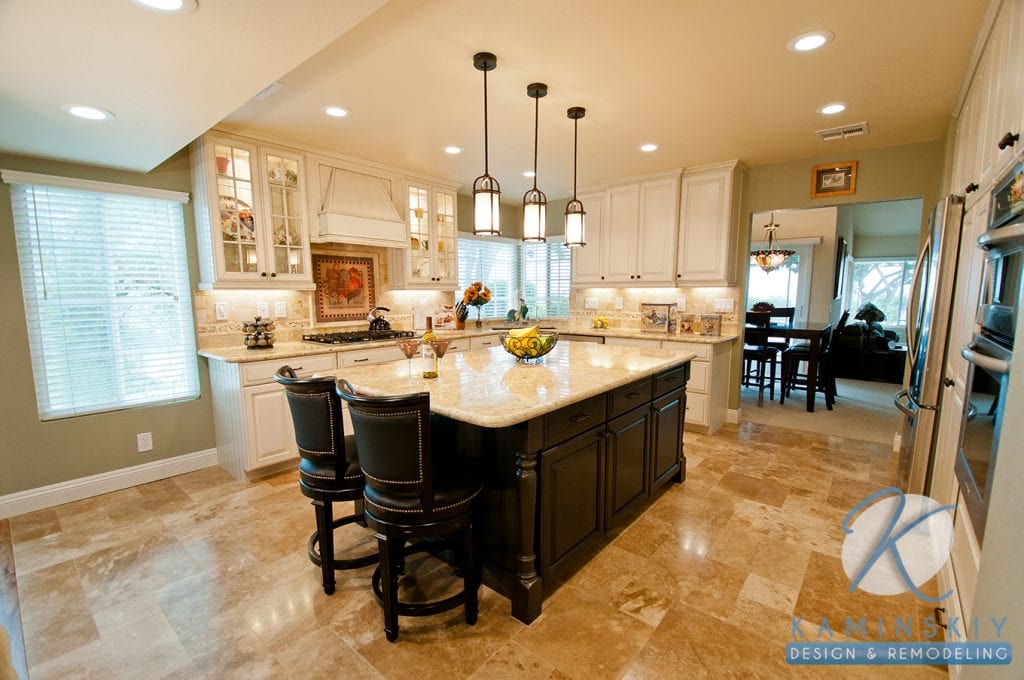
Traditional kitchens exude elegance and grandeur, characterized by intricate details and classic touches. They blend old-world charm with modern amenities, offering a timeless appeal. This style is ideal for those who appreciate vintage charm and seek a blend of the past with contemporary conveniences.
Modern kitchens, originating from a style movement in the 1950s, emphasize simplicity, functionality, and straight lines. They offer a clean, uncluttered look, making efficient use of space. This design is perfect for those who value a minimalist and efficient kitchen environment.
A transitional kitchen combines the warmth of traditional designs with the sleekness of modern styles. It’s a harmonious blend of diverse design elements characterized by a neutral color palette and varied textures. This style is for those torn between traditional and modern aesthetics, offering a balanced compromise.
Coastal kitchens capture the essence of beach living, emphasizing calmness, freshness, and natural beauty. The design incorporates colors like blues, whites, and seafoam greens, creating a soft and relaxed ambiance. This style resonates with those who love the tranquility of the ocean and beach-inspired aesthetics.
Eclectic kitchens are for those who cherish individuality and aren’t confined by traditional design boundaries. This style allows for a mix of textures, colors, and eras, reflecting one’s unique personality. The only rule is that there are no strict rules, but it’s essential to maintain a balance to avoid a cluttered look.
Mediterranean kitchens transport you to places like Spain, Italy, and Morocco, emphasizing tradition, culture, and timeless beauty. The design incorporates hand-painted tiles, wrought-iron fixtures, and natural materials, evoking feelings of warmth and nostalgia. This style is for those who wish to infuse their kitchen with character and a touch of old-world charm.
When it comes to kitchen remodeling in San Diego, Kaminskiy Design and Remodeling stands unparalleled as the industry leader. With years of expertise and a legacy of excellence, we pride ourselves on transforming dream kitchens into tangible realities.
Our team of expert designers is not just equipped with knowledge but also driven by a passion to assist you. Whether you have questions about styles or need guidance through the selection process, we’re here every step of the way.
At Kaminskiy Design and Remodeling, your vision is our mission. Ready to embark on a transformative journey for your kitchen? Schedule a free in-home design consultation with us today, and let’s bring your dream kitchen to life.

Kimberly Villa is a recognized expert in the Home Design and Remodeling industry. Her passion for the industry is matched only by her love for sharing insights, new trends, and design ideas. Kimberly’s expertise and enthusiasm shine through in her contributions to the Kaminskiy Design and Remodeling website blog, where she regularly shares valuable information with readers.